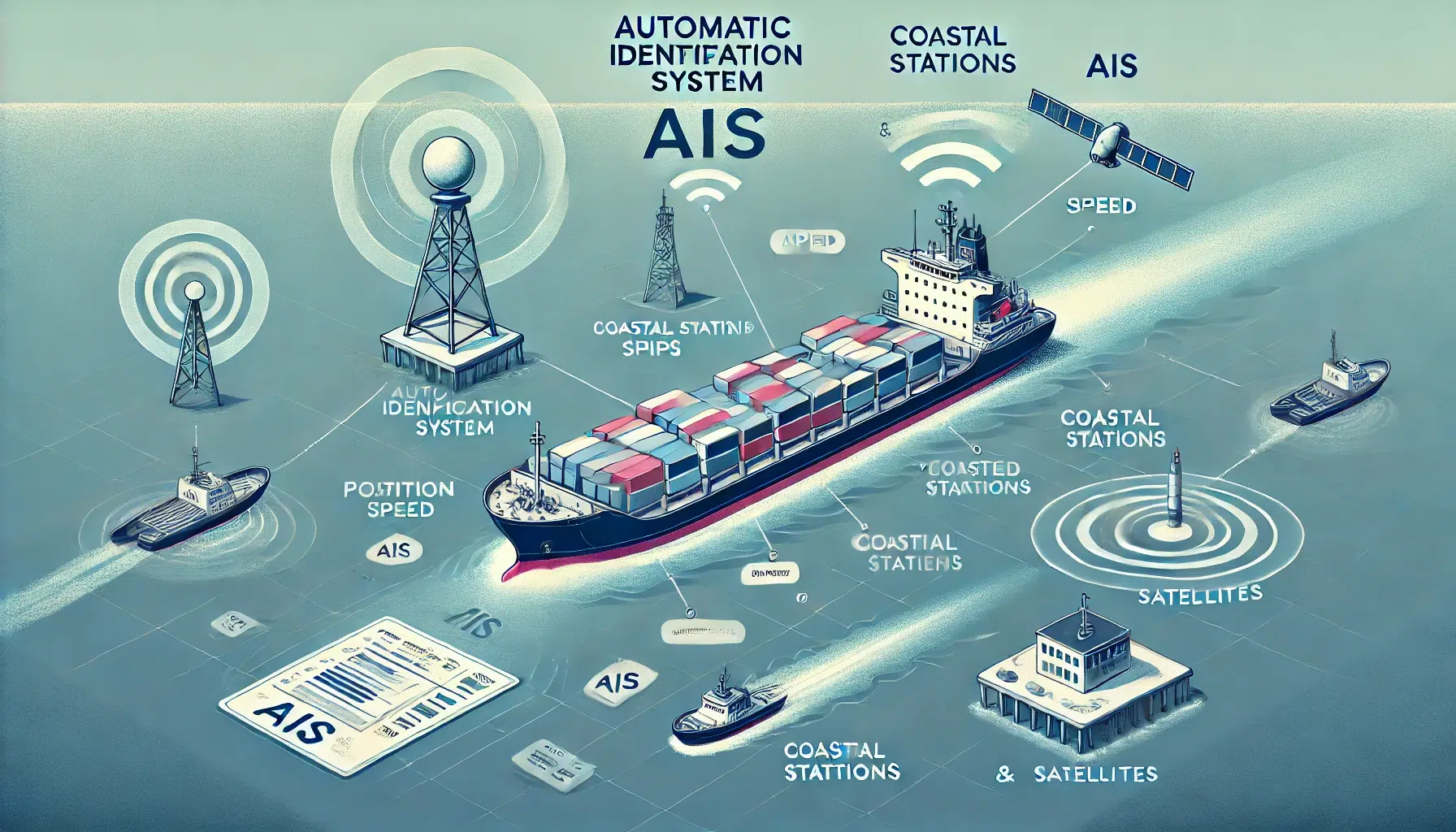
How to Track Ships and Shipping Containers Online
Whether you’re a logistics professional, a business owner, or an individual awaiting a delivery, tracking ships and shipping containers online is an essential skill. Fortunately, many free tools and techniques are available to help you monitor shipments’ progress in real-time. This guide explains the key methods and platforms for tracking ships and containers efficiently.
1. Tracking Ships: Real-Time Vessel Monitoring
Ship tracking involves monitoring vessels’ locations, movements, and status. This is primarily achieved through AIS (Automatic Identification System) data, which provides real-time information about ship positions, speeds, and routes.
Key Tools for Ship Tracking:
- MarineTraffic: One of the most widely used platforms for tracking ships globally. Search by vessel name, IMO number, or MMSI number to access detailed voyage information.
- VesselFinder: Offers comprehensive tracking of ships worldwide, including routes, destinations, and estimated arrival times.
- FleetMon: Tracks vessel movements and provides historical data and port activity details. Free features are available, with premium options for advanced needs.
- MyShipTracking: A user-friendly platform that shows ship locations and voyage histories.
Important Ship Details to Know:
- IMO Number: A unique seven-digit identifier for ships.
- MMSI Number: A nine-digit Maritime Mobile Service Identity number used for communication and tracking.
- Call Sign: An alphanumeric code assigned to the vessel for radio communication.
How a Ship Transmits Its Location and Why:
Ships use the Automatic Identification System (AIS) to transmit their location and key information. AIS is a tracking system automatically exchanging real-time data between vessels, coastal stations, and satellites.
Key Features of AIS:
- Data Transmitted:
- Ship’s position (latitude and longitude)
- Speed and course
- Vessel name, type, and size
- Destination and estimated arrival time (ETA)
- Why It’s Used:
- Collision Avoidance: AIS helps vessels identify each other and avoid collisions, especially in crowded waterways.
- Search and Rescue: AIS provides vital information to rescue teams in emergencies.
- Regulatory Compliance: AIS ensures ships comply with international maritime regulations.
- Port Management: Ports use AIS data to manage traffic efficiently and plan arrivals.
- Transmission Modes: Ships send AIS signals via VHF radio frequencies, which nearby ships, coastal stations, and satellites receive for global coverage.
How a Ship is Registered:
Ship registration is documenting a vessel with a national maritime authority to establish its legal nationality and ensure compliance with international laws. Key steps include:
- Selecting a Flag State: The shipowner chooses a country (flag state) to register the vessel. Different countries offer varying regulations, tax benefits, and operational requirements.
- Providing Documentation: The owner must submit proof of ownership, ship specifications, and safety and environmental standards compliance.
- Issuance of Certificates: Once approved, the maritime authority issues a Certificate of Registry, which includes the ship’s name, IMO number, and port of registry.
- Assignment of Flag: The ship flies the flag of the registering country, signifying its compliance with that nation’s laws and regulations.
Popular registries include Panama, Liberia, and the Marshall Islands, known for their large fleets and favourable registration policies.
2. Tracking Shipping Containers: Monitoring Your Cargo
Tracking shipping containers allows you to monitor their journey between ports and warehouses. Each container is assigned a unique identifier that will enable you to track its status.
How to Track Containers:
- Container Number: This identifier consists of 4 letters (owner prefix) and 7 digits (serial number and check digit). For example, “MSCU1234567”.
- Booking or Reference Number: Provided by the shipping company or freight forwarder, this number is another way to track shipments.
Popular Tools for Container Tracking:
- Shipping Line Websites: Major shipping companies offer container tracking on their websites. Here are some examples:
- TrackTrace: A universal tool supporting multiple shipping lines, allowing you to track containers by number.
- Shipup: Aggregates data from various shipping lines, providing a simple way to track containers globally.
- CargoTracker: Tracks shipments across multiple carriers and freight forwarders.
3. Combining Ship and Container Tracking
For a complete view of your shipment’s journey, it’s helpful to link container and ship tracking. Many container tracking tools provide details about the ship carrying your container, enabling you to track both simultaneously.
How to Link Both:
- Use the container tracking platform to identify the ship’s name or voyage details.
- Use ship tracking tools like MarineTraffic to monitor the vessel’s real-time progress.
4. Mobile Apps for On-the-Go Tracking
Several apps offer convenient ship and container tracking features:
- MarineTraffic App: Provides real-time vessel tracking.
- VesselFinder App: Easy-to-use for ship monitoring and voyage histories.
- Container Tracking Apps: Offered by many shipping lines and freight forwarders for mobile updates.
Tips for Effective Tracking:
- Set Notifications: Many platforms allow you to enable alerts for status updates or arrival times.
- Monitor Delays: Weather, port congestion, or customs processes can impact schedules, so stay informed.
- Cross-Check Information: Use multiple platforms to ensure data accuracy and reliability.
Tracking ships and shipping containers online has never been easier thanks to the availability of free and user-friendly tools. Whether you’re managing large-scale logistics or just curious about the status of your shipment, these platforms provide the insights you need to stay informed. Start exploring these tools today and take control of your shipment tracking.




I also recommend e-tracking.net. Container tracking and sailing schedules tools have a free and useful with smart panel.
Great suggestion many thanks